A few weeks ago I published a how to guide to configure Apache HTTP as a reverse proxy. On that ocasion I was following what the average guide on the internet does on Linux. A front end server with Apache HTTP on calls a backend server where the real site is sitting. Many backend calls […]
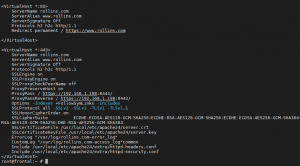
How to configure Apache HTTP with a TLS reverse proxy backend on FreeBSD
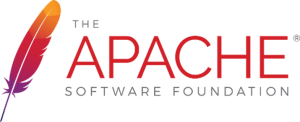
How to harden Apache HTTP
Disclaimer: This is a long article. I haven’t collected some nice configuration settings here for the sake of it. There are other hardening guides but some fall short on explaining the functionalities to be enabled or disabled. Every step is shortly, and hopefully clearly, explained so any reader can grasp the main idea of every […]

List of Speculative Execution Vulnerabilities
Vulnerability CVE Exploit name Public vulnerability name Firmware changes Spectre 2017-5753 Variant 1 Bounds Check Bypass (BCB) No Spectre 2017-5715 Variant 2 Branch Target Injection (BTI) Yes Meltdown 2017-5754 Variant 3 Rogue Data Cache Load (RDCL) No Spectre-NG 2018-3640 Variant 3a Rogue System Register Read (RSRE) Yes Spectre-NG 2018-3639 Variant 4 Speculative Store Bypass (SSB) […]

How to install the FAMP stack
You may have heard of the LAMP stack which stands for Linux, Apache, MySQL and PHP or Perl. This is the same but instead of using the GNU/Linux operating system we’ll use FreeBSD. This is the FAMP stack. There are two ways to install software in FreeBSD, packages and the ports collections. Which in the […]
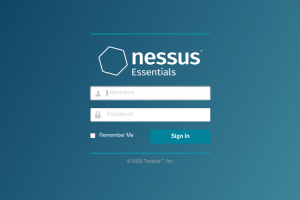
Nessus vulnerability scanner
Nessus is a very well known vulnerability scanner used by many large and small companies to assess their systems and correct the issues found in them. Cybersecurity teams and specially auditors, make heavy use of tools like this in order to follow up the state of infrastructure and environments. Having a tool like this saves […]
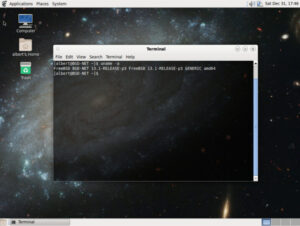
How to install Mate on FreeBSD 12/13
In this how to install Mate on FreeBSD I’m not going to repeat the same guides you can read elsewhere. If you desire to use FreeBSD as a daily driver desktop, I do encourage you to read and follow the guides from this other guy. The guide you are currently reading can be considered the […]
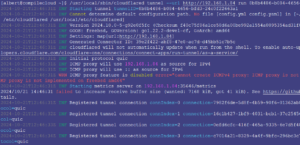
How to compile cloudflared in FreeBSD 13/14
I happen to self-host my websites using Cloudflare’s services (article 1, article 2). Since the FreeBSD port seems to be delaying its releases and Cloudflare’s policy on maintaining versions only considers 1 year old code, in an act of prevention I have learnt, and I am publishing, how to compile cloudflared in FreeBSD. Note: At […]

How to configure TLS 1.2 on UNIX or GNU/Linux
This is an article willing to help and point out a few useful resources for those using Apache HTTP or NGINX web servers that are still using the deprecated SSLv3, TLS 1.0 and/or TLS 1.1 verions. If you find the articles in Adminbyaccident.com useful to you, please consider making a donation. Use this link to […]
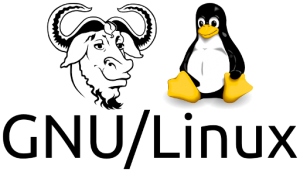
What is GNU/Linux?
To answer this question one must split it. Plus make other questions like: «What is a, so called, Linux distro?». It seems complex and it is in a way. But let´s explain GNU/Linux in simple terms. GNU stands for GNU is Not UNIX. So it´s clear is not UNIX but it´s related to it in […]

How to install the bash shell on FreeBSD
Believe it or not the Bash shell does not come installed on the system. By default FreeBSD uses the sh shell (after the rewrite under the BSD license on 1989 of the original Bourne Shell found on UNIX, which had inherited the ‘sh’ name from the original’s Thomson shell), the C shell or the tcsh […]
